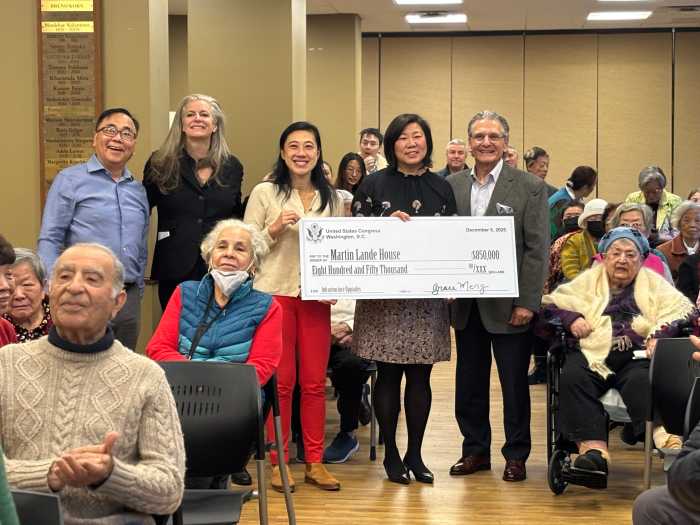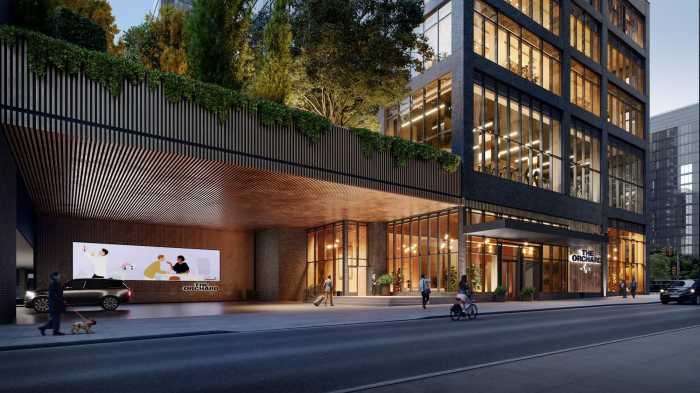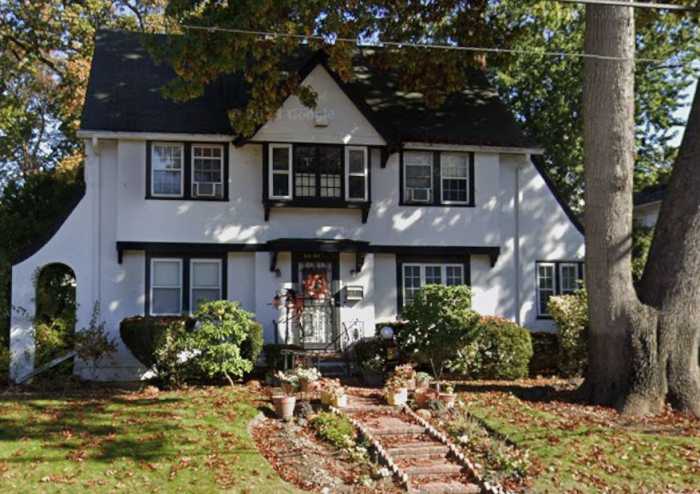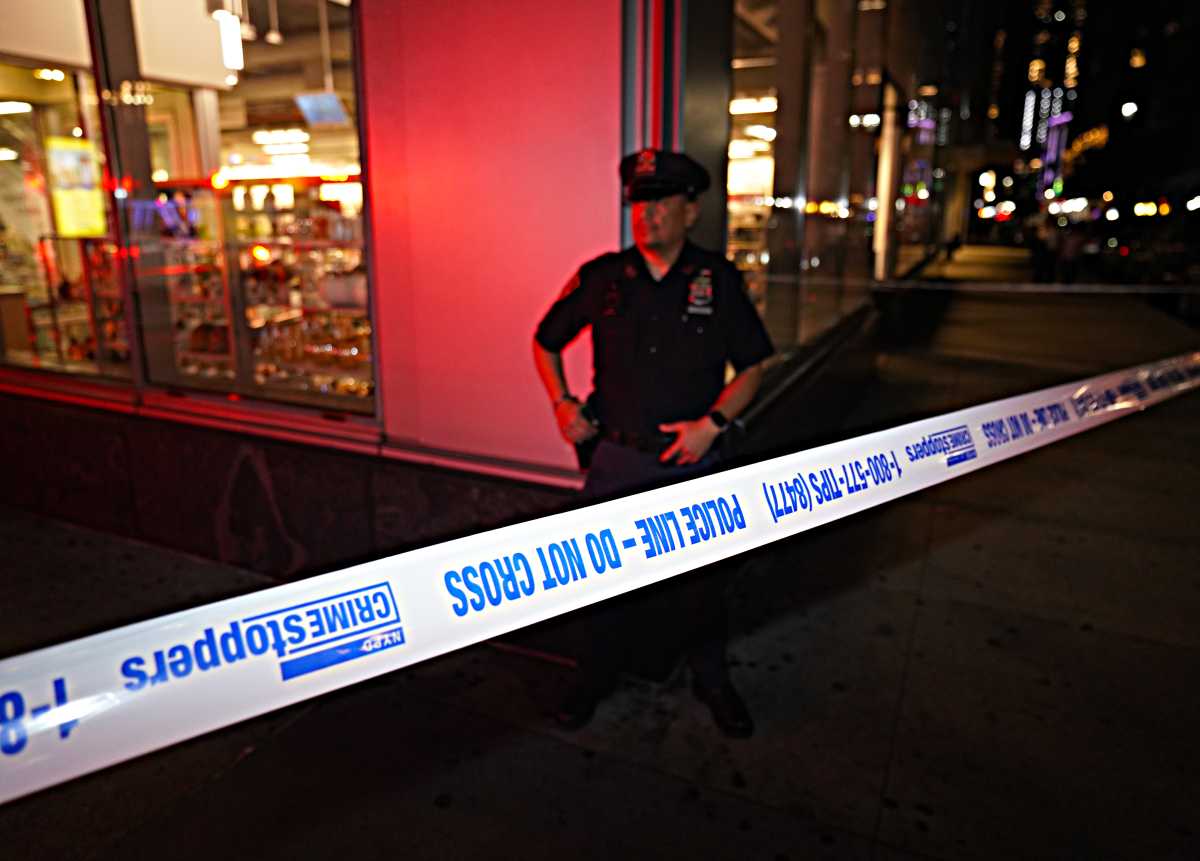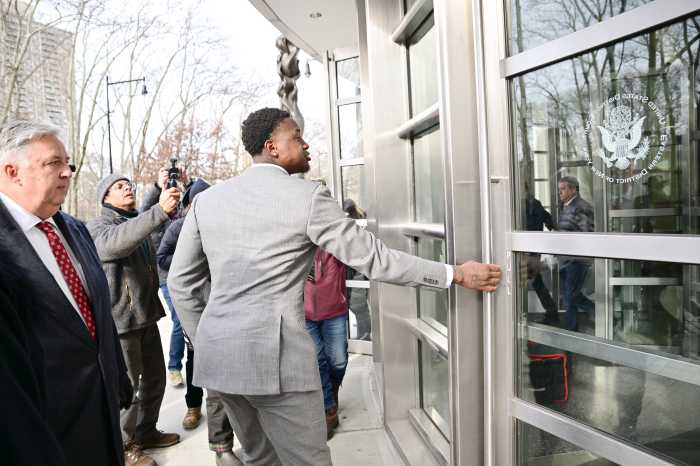By Rebecca Henely
Before Michael Bloomberg became mayor, he visited Queens in 2001 and told residents that he wanted to see skyscrapers in Long Island City. Ten years later, he held a news conference on anti-smoking measures at the city Department of Health’s new home, the latest skyscraper in the neighborhood.
Even before the glass and steel structure at 2 Gotham Center was complete, the neighborhood’s elected officials and leaders praised the city for moving the government agency from Manhattan to Long Island City.
With the opening of the new corporate home of JetBlue Airways last week, the officials continue to paint the same portrait of the neighborhood: hot, growing and a far cry from its past as a manufacturing-industrial area and haven for prostitution.
“You’re so close to the water. You’re one stop away from Manhattan. There’s great restaurants in the area. The [108th] precinct has the lowest crime rate of anywhere in New York City,” said Joseph Conley, chairman of Community Board 2, “so it’s just a great place to live and work.”
It is rare to listen to a discussion about development, commerce or culture in Queens and not hear the neighborhood’s name come up. Yet the tourist or newcomer to the borough may find it hard to determine its borders.
Natives usually call it the area between the East River, Van Dam Street, Queens Plaza and the Brooklyn border, but older maps place its northern border as high as Ditmars Boulevard in Astoria, and addresses in Astoria or Sunnyside can be listed under “Long Island City.”
Besides the name, which may make the neophyte believe it is on eastern Long Island, Long Island City is usually said to encompass multiple sub-neighborhoods: Hunters Point between Queens Plaza and Jackson Avenue; Dutch Kills between 36th Avenue, Northern Boulevard, Queens Plaza and 21st Street; Blissville near Calvary Cemetery; and the Queensbridge and Ravenswood public housing complexes.
“Each person has their definition of the neighborhood,” Conley said.
HUNTERS POINT
Whatever the borders, it is usually the Hunters Point section that gets the most attention. Hunters Point always had its landmarks in the towering Citi Building, the contemporary art haven MoMA PS1 and 5Pointz, an industrial building on Jackson Avenue turned graffiti art space.
But in recent years it has become a hotspot for residential development. The website queenswest.com lists nearly 45 different condominium complexes and, despite a nationwide housing slump, interest for the new units remain high.
Paul Januszewski, former president of the Queens West Development Corp., said in an e-mail that sales for the corporation’s condominium building The View, at Center Boulevard and 47th Avenue, were slow when the building opened in 2009 in the heart of the recession, but by November 2011 75 percent of the building’s 183 units were sold.
“The last 10 years have brought an amazing transformation to Long Island City,” he said. “Specifically in the Hunters Point area, a new residential neighborhood has taken root in what was once abandoned industrial property along the waterfront.”
Yet the most exciting residential development in the area remains Hunters Point South, a project of the city Economic Development Corp. This massive mixed-use development will include 5,000 dwelling units — both affordable and market-rate housing — a 1,100-seat intermediate school and high school, 11 acres of waterfront, 100,000 square feet of retail space and a library.
“I think as the buildings are built out, it’s going to bring value to the community,” Conley said at a meeting about the project in January.
The community has also seen a rebirth in park space, from the revamped dog run on Vernon Boulevard and 48th Avenue to an ongoing project at Queens Plaza, the first phase of which has produced a new park called Dutch Kills Green, trees and bike lanes where there was once a commuter parking lot. The multimillion-dollar park is also the permanent resting home of the millstones, the oldest artifacts in Queens.
“I hope one day they’re called the jewels of Queens Plaza,” said Jerry Walsh, president of the Dutch Kills Civic Association.
HISTORY
The current state of Queens Plaza is a drastic change from a decade ago. Walsh said that in the past prostitution and organized crime had a large presence in the area, but now the crime rate has dropped dramatically. Walsh, a longtime resident of Dutch Kills, credited the work of the 108th and 114th precincts, which cover the south and north sides of the plaza, former City Councilman William McCaffrey and Queens District Attorney Richard Brown.
“You can walk the neighborhood today,” he said. “The safety’s there. It’s not like 10 years ago. You were scared.”
While the Q100 bus to and from Rikers Island still drops off former inmates in Queens Plaza, the neighborhood is now more often associated with hotels than crime.
On a recent visit to Long Island City, Bloomberg said in a time of booming tourism, the neighborhood has 17 hotels with five more to come.
Walsh said most of the new hotels have been good neighbors as well as very busy.
“Dutch Kills is known all over the world,” Walsh said. “We have people walking these streets from Switzerland, Australia.”
Yet when hotels eager to benefit from the short subway ride to Manhattan began putting up large multi-story structures between one- and two-family homes in Dutch Kills, the community voted to pass a rezoning in 2008 limiting the height at which commercial properties can build. Even now residents have clashed with individual hoteliers over building practices.
TRANSPORTATION
Walking the streets of Long Island City can have a schizophrenic feel. Steel and glass skyscrapers sit side by side with warehouses and taxi depots. Residents in apartments next to the Long Island Rail Road at 2nd Street and Borden Avenue have complained about the noise of the trains idling nearby.
Parking is also a well-known nightmare in the community. Those who do not take the subways or buses can expect to circle blocks multiple times if they arrive at the wrong time of day. Tishman Speyer, the developers of Gotham Center, were at one point supposed to replace 1,100 parking spots in the neighborhood, but went back to CB 2 and approved a request to reduce the number to 500.
“I don’t think this administration wants us to own a car,” Walsh said.
With eight subway lines and several bus routes, the neighborhood is flush with public transportation, but a constant worry among Long Island City’s elected officials is whether the infrastructure will be able to keep up with the exploding population.
The Metropolitan Transportation Authority had shut down the No. 7 train in Long Island City on weekends from January to April to modernize the signal system, in large part because high demand for the train makes the delays catastrophic.
Yet despite all these issues, optimism remains.
“This is still a new community, so it will take some time to grow, mature and evolve as a neighborhood,” Januszewski said, “but it has already come a long way in a very short time.”
Reach reporter Rebecca Henely by e-mail at rhenely@cnglocal.com or by phone at 718-260-4564.








